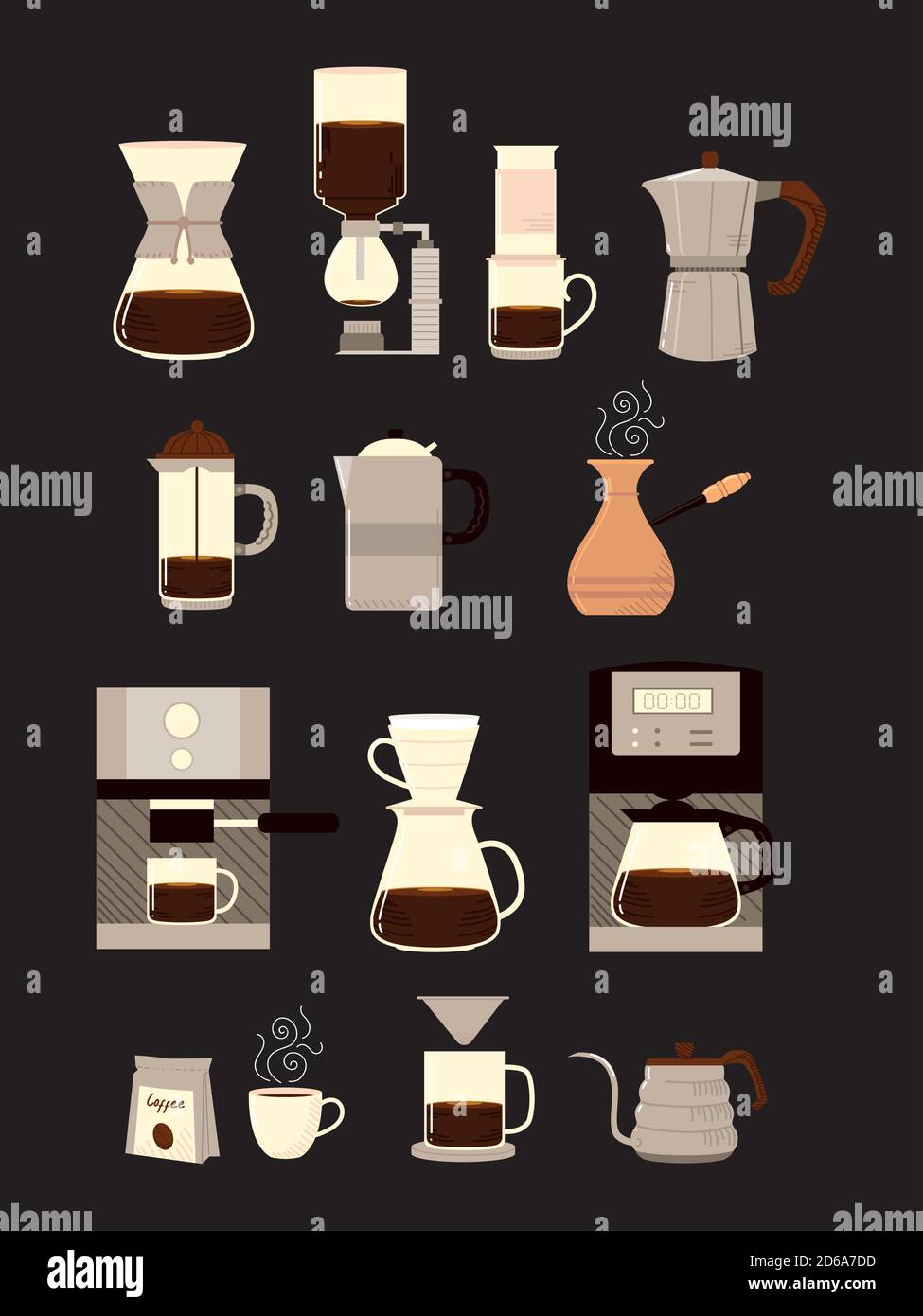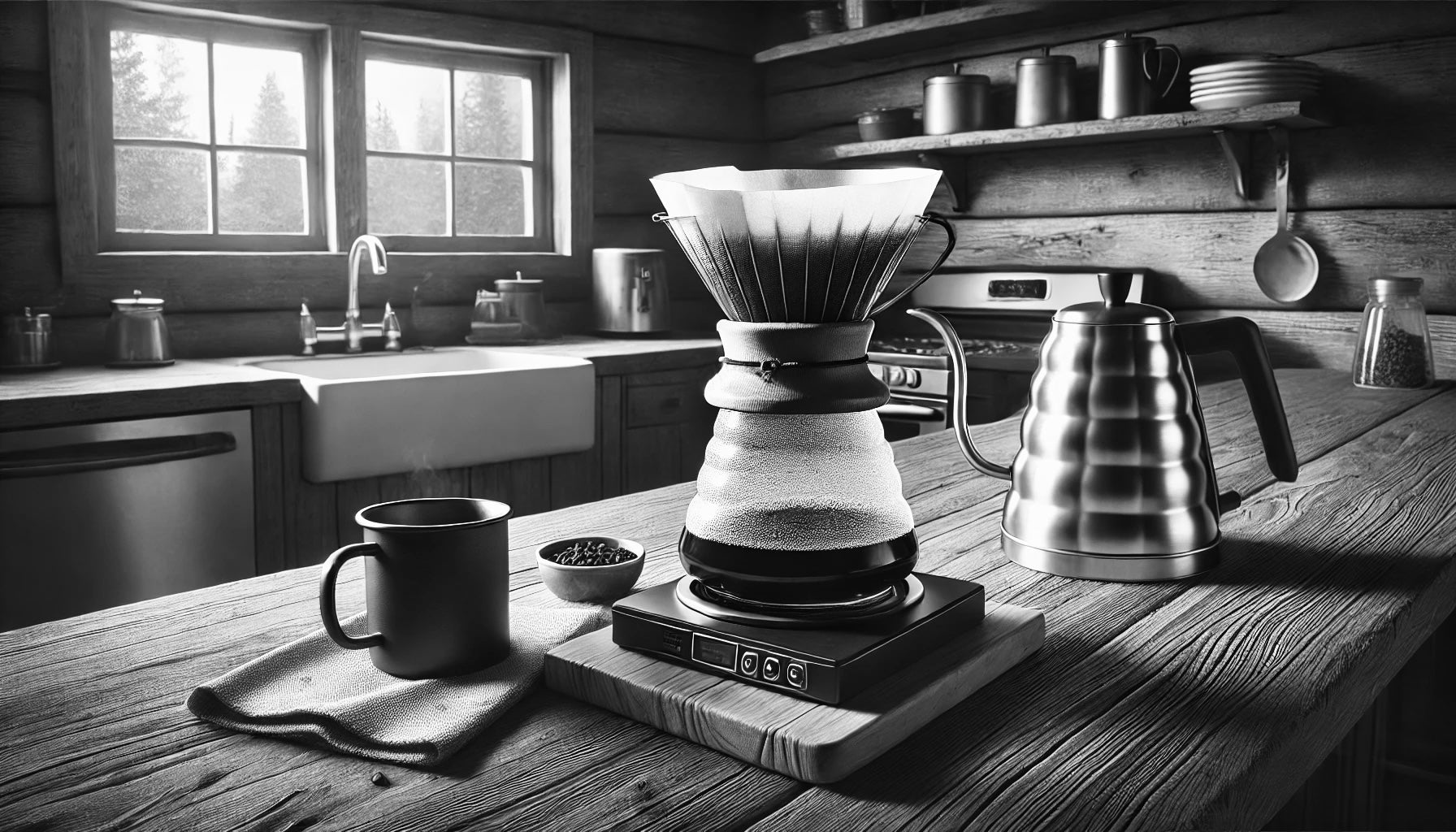Cutting-edge Coffee Brewing Methods to Boost Your Early Morning Habit
The Scientific Research Behind Coffee Brewing: Exactly How Temperature and Time Affect Your Beverage
Understanding the scientific research behind coffee developing reveals that temperature level and time are not simple variables but essential aspects that determine the beverage's taste profile and overall high quality. As we explore the subtleties of these elements, the inquiry arises: just how can one successfully equilibrium temperature and time to accomplish that excellent mixture?
The Chemistry of Coffee Extraction
The chemistry of coffee removal explores the detailed procedures that transform raw coffee beans into the fragrant beverage appreciated worldwide. This improvement primarily includes the solubility of various compounds existing in the beans, which are influenced by aspects such as grind size, water top quality, and the brewing technique used.
During the developing procedure, warm water works as a solvent, extracting soluble compounds, including caffeine, sugars, lipids, and acids, from the coffee grounds. Each substance adds to the flavor account, fragrance, and body of the final drink. For circumstances, acids are accountable for appetizing and brilliant notes, while oils add to an abundant mouthfeel.
The initial stages of developing remove acids and sugars, leading to a positive level of acidity, while extended extraction can lead to bitterness due to over-extraction of undesirable substances. Recognizing these chemical interactions is important for optimizing brewing strategies, as the equilibrium between removal time and water temperature level can substantially influence the overall top quality of the coffee.
Perfect Brewing Temperatures
Finding the appropriate developing temperature is essential for opening the full potential of coffee flavors and scents - coffee brewing methods. Study suggests that the ideal range for brewing coffee exists between 195 ° F to 205 ° F(90 ° C to 96 ° C) Within this range, the removal process properly liquifies the desirable soluble substances in coffee beans, resulting in a tasty and well balanced cup
Developing at lower temperature levels, such as listed below 195 ° F(90 ° C ), might result in under-extraction, yielding an acidic and weak brew with low-key flavors. Alternatively, brewing at temperatures exceeding 205 ° F(96 ° C) can bring about over-extraction, creating a rough and bitter taste because of the extreme dissolution of unfavorable compounds, such as tannins.
In addition, the ideal developing temperature can differ depending upon the coffee bean kind and roast level. Lighter roasts usually benefit from slightly greater temperatures to enhance their intricate taste accounts, while darker roasts may be much better matched to reduced temperature levels to minimize anger.
Ultimately, keeping accuracy in brewing temperatures is critical for accomplishing a harmonious equilibrium of flavors, guaranteeing that every mug of coffee delivers a rewarding sensory experience.
Effect of Brewing Time
Developing time plays a crucial role in figuring out the taste profile and total top quality of coffee. The removal process, which influences the preference, scent, and body of the beverage, is largely dependent on for how long the coffee premises touch with water. Shorter brewing times can result in under-extraction, causing a sour or weak flavor, as inadequate soluble substances are dissolved. Conversely, long term developing can lead to over-extraction, where unwanted compounds are released, leading to a bitter or astringent taste.
Optimum brewing time varies depending upon the method used and the grind dimension of the coffee. A French press generally needs about 4 mins, while espresso removal is generally completed within 25 to 30 secs. It is necessary to adjust brewing time in conjunction with other variables, such as water temperature and coffee-to-water ratio, to attain the desired taste profile.
Recognizing the effect of brewing time enables coffee fanatics to fine-tune their brewing strategies, eventually enhancing the sensory experience of their mug (coffee brewing methods). With mindful focus to this variable, one can unlock the full possibility of the coffee, revealing its distinct characteristics and nuances
Developing Approaches and Their Effects

For circumstances, techniques like French press and chilly mixture permit for a longer steeping time, leading to a fuller body and robust flavor due to enhanced removal of oils and soluble solids. Alternatively, espresso brewing uses high pressure and a much shorter extraction time, producing a concentrated shot that stresses extreme tastes and a rich crema.
Pour-over techniques, such as Chemex or V60, supply a more controlled extraction procedure, allowing the brewer to adjust circulation rate and water circulation, which can improve brightness and clarity. Percolation methods cycle water via the coffee premises several times, leading to a more powerful, commonly bitter taste.
Finally, making use of paper filters versus steel filters can additionally influence the final taste; paper filters usually yield a cleaner mug by trapping oils and great particles, while steel filters enable more oils to travel through, adding to check this site out a fuller mouthfeel - coffee brewing methods. Comprehending these subtleties can boost the coffee experience substantially
Tips for Refining Your Mixture
A well-executed brew can change even the easiest coffee into a remarkable experience. Grind the beans just prior to making to make best use of quality, guaranteeing the grind dimension matches your brewing method-- coarser for French press and finer for coffee.
Water quality plays a crucial duty; usage filteringed system water totally free from pollutants. The suitable brewing temperature ranges between 195 ° F and 205 ° F(90 ° C to 96 ° C ) Too warm can blister the coffee, while too cool might under-extract flavors.
Timing is More Info similarly essential. For immersion methods, soaking for three to 5 mins is ideal, whereas drip methods normally take around five minutes. Trying out brew times to find your preferred toughness.

Verdict
In summary, the intricate relationship between temperature level and time is paramount in the coffee developing process. Understanding these scientific concepts equips people to improve their developing strategies, eventually leading to a more delightful and balanced coffee experience.
Recognizing the scientific research behind coffee developing reveals that temperature level and time are not plain variables but crucial aspects that dictate the drink's taste account and total top quality. Comprehending these chemical interactions is critical for optimizing brewing strategies, as the equilibrium between extraction time and water temperature can dramatically influence the overall quality of the coffee.Brewing time plays a pivotal duty in figuring out the flavor profile and total high quality of coffee. By concentrating on these components-- bean top quality, grind size, water temperature, soaking time, and proportion-- you can boost your coffee developing process, resulting in a continually superior cup.
In recap, the intricate partnership between temperature and time is vital in the coffee brewing process.